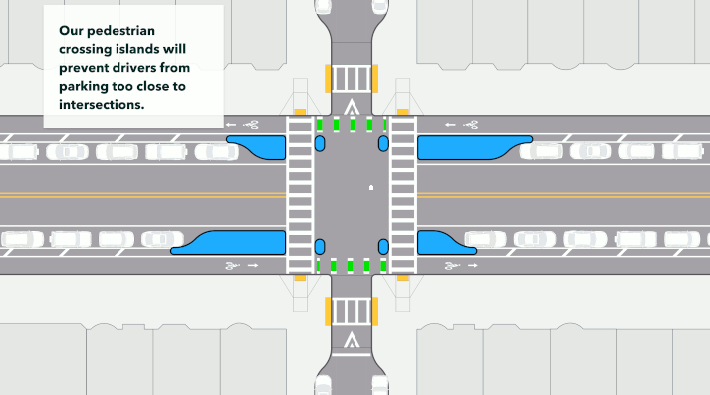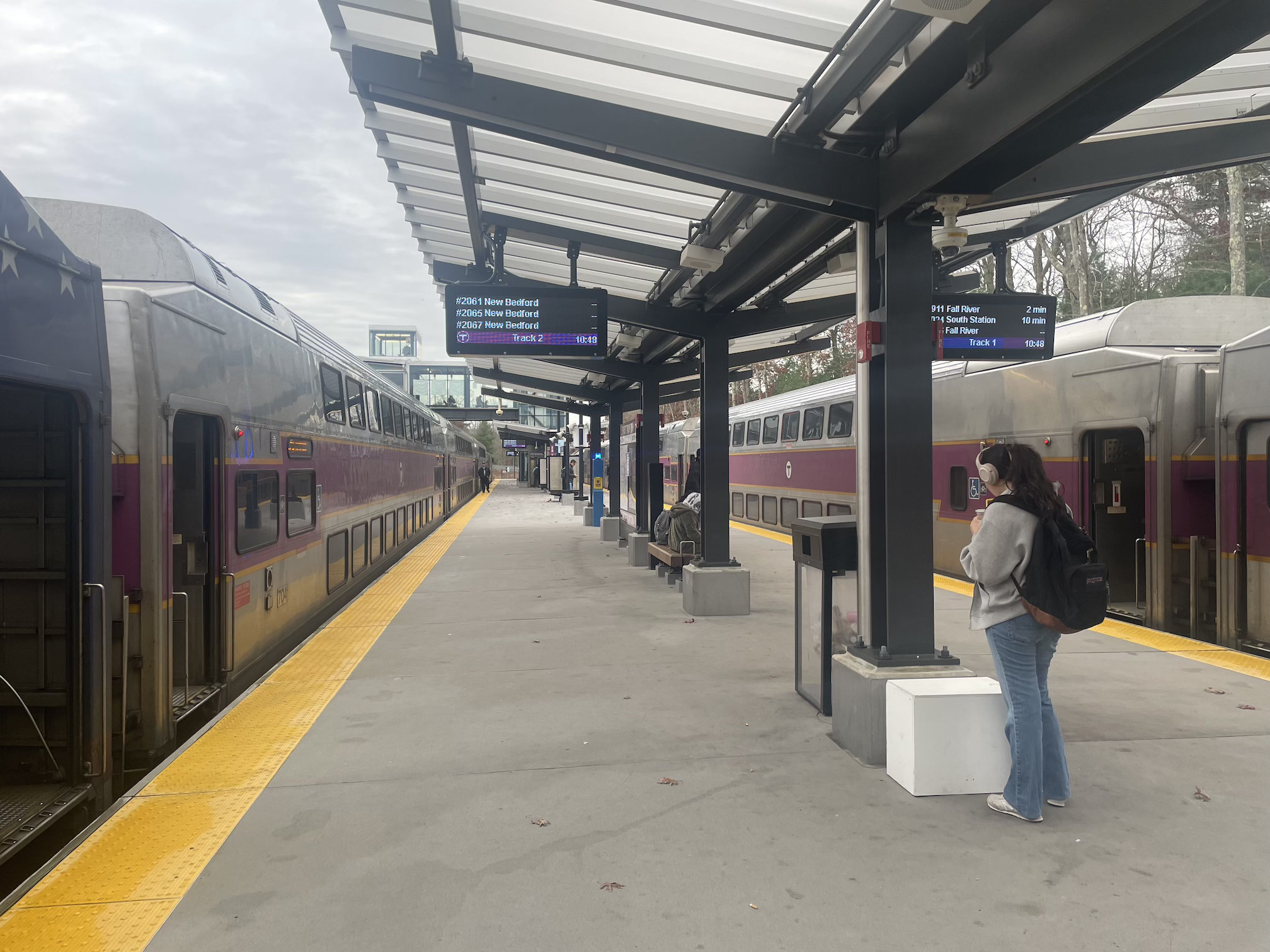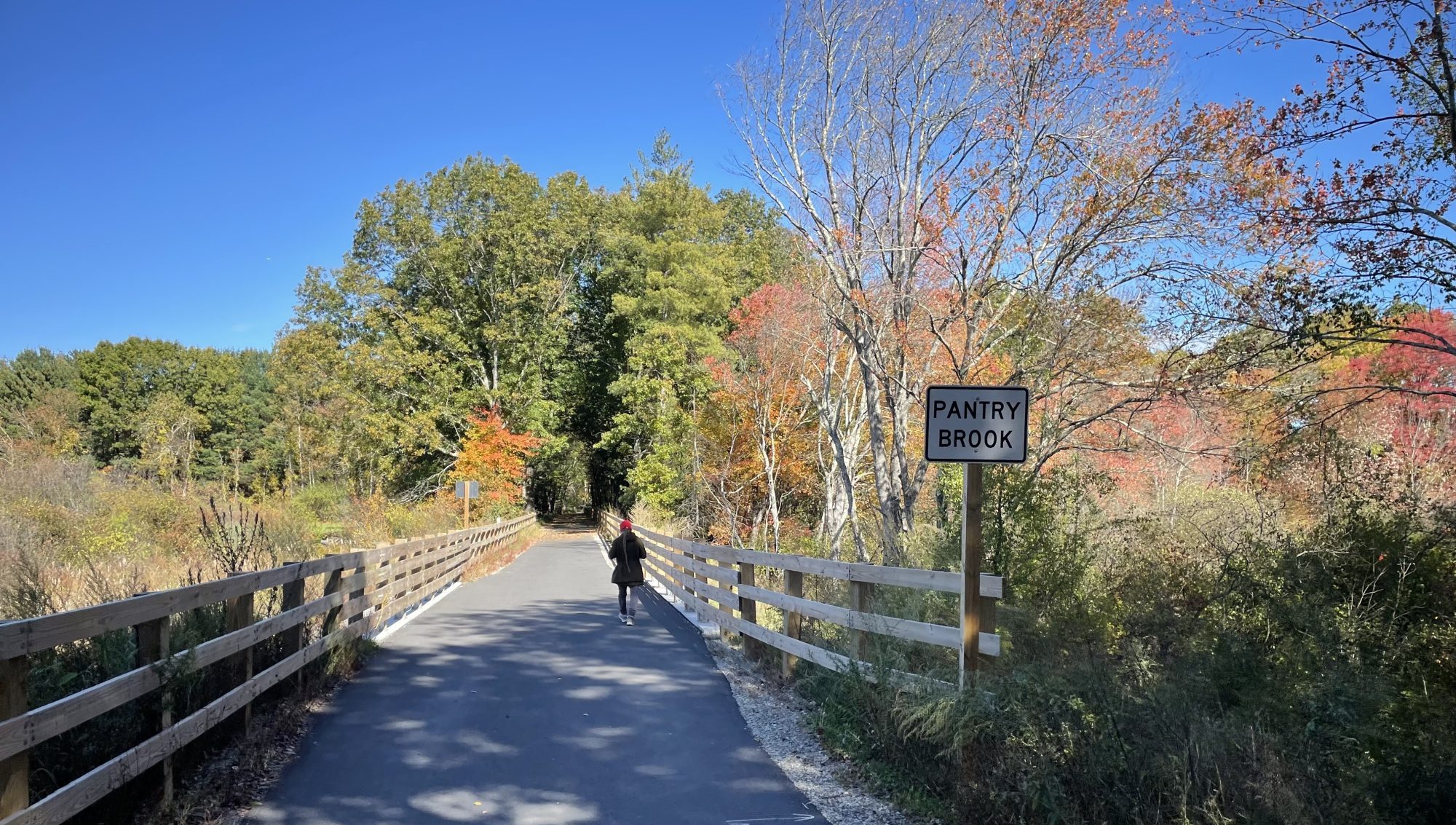The City of Boston Transportation Department could begin construction later this year on physically protected bike lanes, new bus stops, and safer crosswalks on Tremont Street through the South End.
The city's adopted design will also considerably reduce the threats of motor vehicle traffic by cutting the number of motor vehicle lanes on Tremont Street in half, from four to two (except at a handful of intersections with traffic signals, where the design will make room for dedicated left turn lanes).
The new Tremont Street bike lanes will be protected from motor vehicle intrusions with pre-cast concrete curbs (similar to those that were recently installed nearby on Massachusetts Avenue) and raised islands near intersections with cross-streets, which will also create new waiting areas for riders of the MBTA's Route 43 buses.

The Boston Transportation Department (BTD) had identified Tremont Street as a priority under the city's "Vision Zero" policy after motorists killed pedestrians there in November 2015 and again in May 2017.
City planners have identified the current four-lane layout as one of the street's biggest safety hazards, because it creates a "double threat" for pedestrians in its crosswalks: one car might stop to let someone cross the street, but passing cars in the other lane are then less likely to see, or stop for, the pedestrian walking in front of the stopped vehicle.
In early 2018, the city kicked off a planning process to plan safety improvements to the corridor. The outlines of the current plan emerged as the preferred alternative last year, but city officials spent extra time over the winter conducting outreach with local businesses to design better curbside parking regulations as part of the project (the redesign will also add new commercial loading and passenger drop-off zones in an effort to cut down on the area's high rates of double-parking).
A final open house presentation had been scheduled for March, but the pandemic delayed the project further while planners made their best efforts to conduct outreach online.
The project has been approved by the city's Public Improvements Commission, and BTD officials hope to put the project out to bid for construction this fall.






